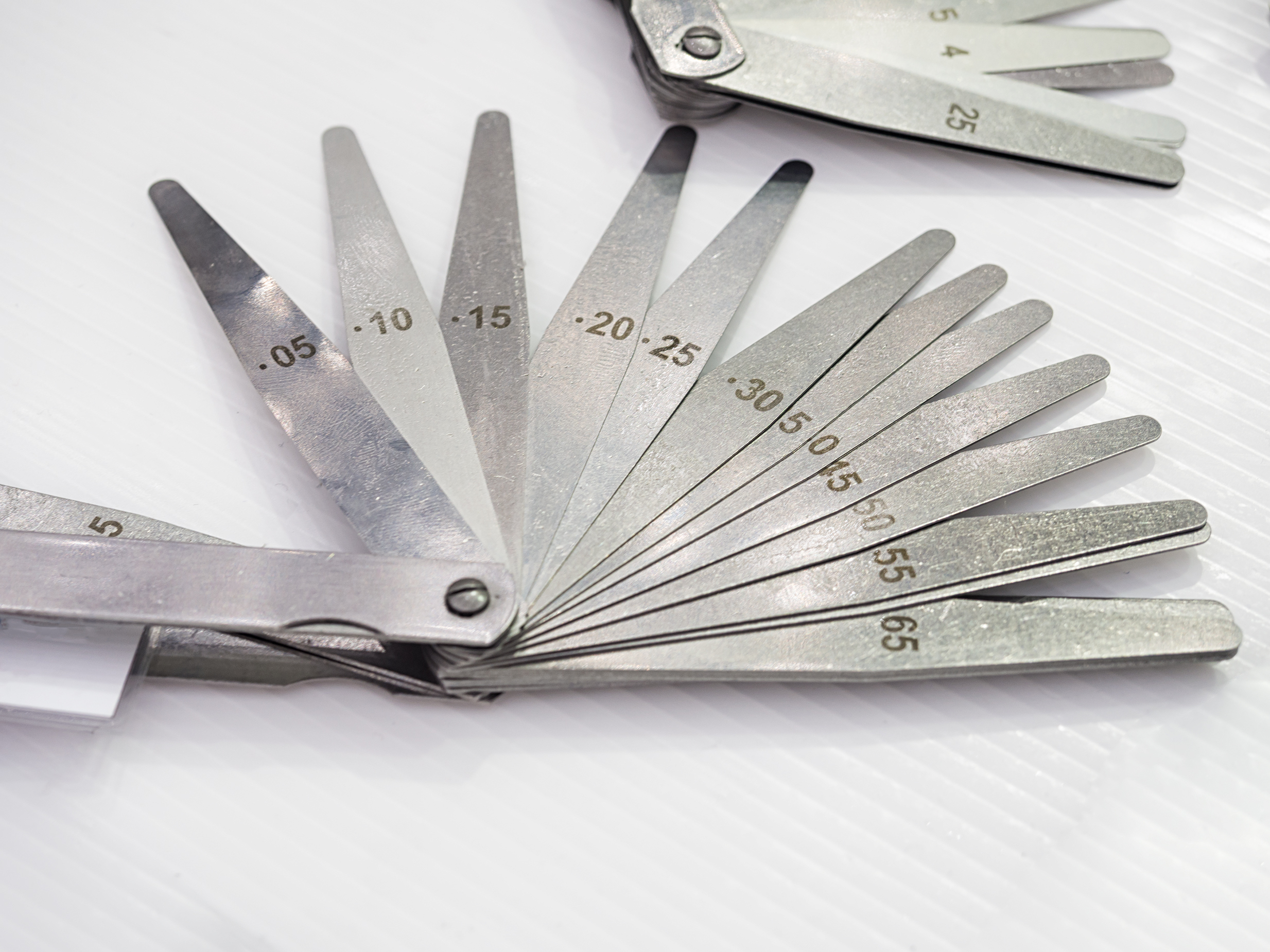
Most building professionals and homeowners run across different metal thicknesses at some point, whether comparing options for metal siding, wires, or stainless steel sinks. Gauge, a nonlinear way of measuring thickness, is an old system that is one system of measurement used in the United States for sheet metal – but why? Decimal measurement is a much more accurate and more linear way of measuring thickness, and is preferred by many in the industry, including the American Society for Testing and Materials (ASTM) International.
It has become increasingly common for building professionals to use different metals with varying thicknesses for varying applications. Whether we’re talking about metal siding, roofing, drip edge, or flashing, thickness is usually best measured by decimal. It helps to be aware of the history of measuring metal, how gauge and decimal thickness correspond, and how to achieve the most accurate measurements.

“Thickness shall be ordered to decimal or fractional thickness.
The use of the gauge number is discouraged as being an archaic term of limited usefulness not having a general agreement on meaning.”
– American Society for Testing and Materials (ASTM) International
How Did We Start Measuring in Gauge?
When the first sheet metal rolling mills were established in North America, most manufacturers offered products in different thicknesses that were defined by their own standards. Manufacturers’ standards were usually related to weight, and sometimes related to existing wire gauge diameters. As you can imagine, thicknesses differed for each manufacturer’s gauge standard. Eventually, the most powerful manufacturer’s standard for each industry became accepted, but since manufacturers tended to specialize in a particular industry or type of metal, separate standards evolved for different materials.
Today when you see gauge numbers, which usually run from about 7 to 30, the same gauge number may represent different thicknesses depending on which standard is being followed, and there are many!

What Gauge is Thicker?
Generally, as gauge increases, the thickness of the metal decreases. In other words, a 24 gauge sheet of galvanized steel is actually thicker than a 26 gauge sheet of galvanized steel. (Zinc is the exception, because gauge number actually increases with thickness in zinc measurement.) The inverse relationship between thickness and gauge probably stems from early wire and sheet metal manufacturing processes. Each time the metal passes through a die, it becomes thinner, so gauges at one time equated to the number of times a metal passed through a die.
As mentioned previously, the trouble comes in comparing metals that follow different sheet metal gauge standards. That’s because the same gauge number (say, 30 gauge) differs in thickness depending on whether it’s aluminum, steel, galvanized steel, or zinc. And even though uncoated steel and galvanized steel are both measured by the MSG, 30 gauge galvanized steel is defined as thicker than 30 gauge uncoated steel.
How Can You Compare Metals?
A few resources are available for comparing how thickness relates to gauge in the sheet metal category, such as the gauge comparison from the Engineer’s Edge. Looking at the decimal thickness enables more precise (and sometimes surprising) comparisons. For example, TruCedar siding is G60 galvanized steel with a thickness of .016”.
For an example of how gauge can be confusing, see the below:
If you were to compare 30 gauge galvanized steel to aluminum, the aluminum equivalent would be 26 gauge.
If you were to compare 30 gauge galvanized steel to non-coated steel, the non-coated steel equivalent would be 27 gauge.


In summary, what’s the easiest way to compare sheet metals?
Avoid gauge altogether when you can.
Whether you’re deciding which sheet metal is most appropriate for an application, or comparing two metals with different gauge standards, decimal thickness is a much more accurate way of measuring that is not open to interpretation. For this reason, many people find it saves time and eliminates potential mistakes if you refer to sheet metal by decimal thickness.






